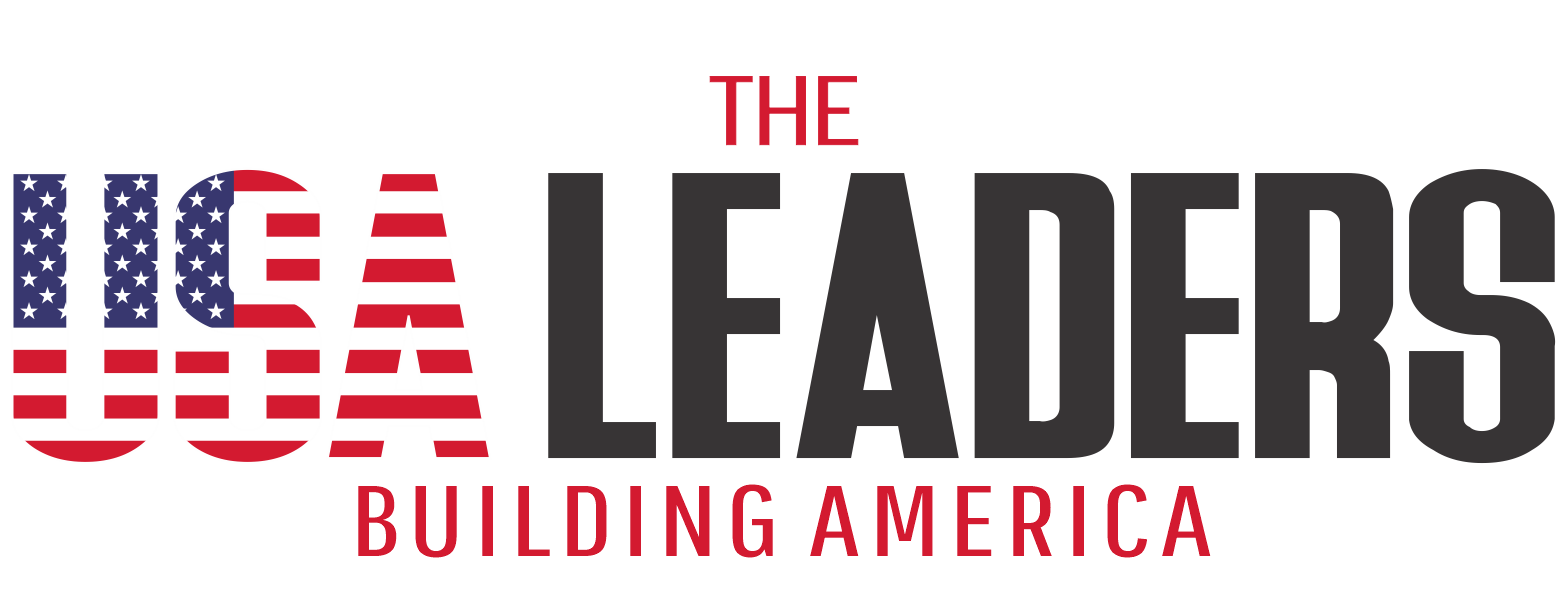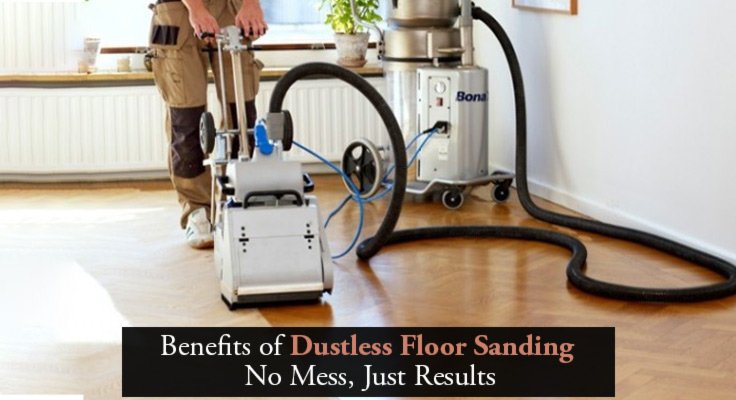Floor sanding is an essential process for maintaining and restoring hardwood floors. Over time, wooden floors can become scratched, dull, or damaged, losing their original luster and beauty. Traditional floor sanding methods have long been associated with clouds of dust, extensive cleanup, and potential health hazards. However, the advent of dustless floor sanding technology has revolutionized the industry, offering numerous benefits to homeowners, contractors, and the environment. This article explores the advantages of dustless floor sanding and why it has become the preferred method for floor restoration.
Understanding Dustless Floor Sanding and Its Advantages
Dustless floor sanding is an innovative technique that captures the vast majority of dust and debris generated during the sanding process. This method utilizes specialized equipment connected to powerful vacuum systems, effectively containing dust at the source. The result is a cleaner, more efficient, and healthier floor sanding experience.
To better understand the advantages of dustless floor sanding compared to traditional methods, consider the following table:
| Aspect | Dustless Floor Sanding | Traditional Floor Sanding |
| Dust Control | Captures up to 99% of dust | Significant dust spread throughout the area |
| Cleanup Time | Minimal, often just light dusting | Extensive, can take days |
| Indoor Air Quality | Maintains good air quality | Can significantly decrease air quality |
| Project Duration | Faster due to less prep and cleanup | Longer due to extensive prep and cleanup |
| Health Risks | Reduced respiratory and allergy risks | Higher risk of respiratory issues |
| Finish Quality | Superior due to less dust interference | Can be compromised by settling dust |
| Environmental Impact | Lower, with better dust containment | Higher, with more widespread dust release |
| Cost-Effectiveness | Higher initial cost, but time-saving | Lower initial cost, but more labor-intensive |
This table highlights the key differences between dustless and traditional floor sanding methods, demonstrating the numerous advantages of the dustless approach.
One of the most significant benefits of dustless floor sanding is the dramatic reduction in mess. Traditional sanding methods can leave a fine layer of dust on every surface in the home, from furniture and curtains to light fixtures and air ducts. This dust can take days or even weeks to fully settle and clean up. Dustless sanding, on the other hand, captures up to 99% of the dust created during the sanding process. This means that homeowners and businesses can enjoy freshly sanded floors without the daunting task of extensive post-sanding cleanup. The time and effort saved on cleaning alone make dustless sanding an attractive option for many.
The reduction in airborne dust particles has a direct positive impact on indoor air quality. Dust from traditional sanding can linger in the air for extended periods, potentially exacerbating allergies and respiratory issues. Dustless sanding significantly reduces this risk, creating a healthier environment for both the workers performing the sanding and the occupants of the space. For individuals with asthma, allergies, or other respiratory sensitivities, dustless sanding can make the difference between a miserable experience and a comfortable one. The improved air quality also means that other areas of the home or business can remain functional during the sanding process, minimizing disruption to daily activities.
Safety is a paramount concern in any home improvement project, and dustless floor sanding offers several safety advantages. The reduction in airborne particles decreases the risk of slip-and-fall accidents caused by dust-covered surfaces. Additionally, the lower concentration of wood dust in the air reduces the potential for fire hazards, as wood dust can be highly combustible in certain conditions. The improved visibility during the sanding process also contributes to worker safety. With less dust obscuring their view, operators can more accurately assess the floor’s condition and make necessary adjustments, leading to better results and reduced risk of accidents.
Efficiency, Quality, and Environmental Impact
Dustless floor sanding can significantly speed up the overall project timeline. With traditional methods, a considerable amount of time is spent on preparation – covering furniture, sealing off rooms, and protecting belongings from dust. Post-sanding cleanup can also be a lengthy process, often requiring multiple rounds of dusting and vacuuming to restore the space to its pre-sanding condition. In contrast, dustless sanding requires minimal preparation and virtually no post-sanding cleanup. This efficiency allows contractors to focus more time on the actual sanding and refinishing process, potentially reducing the project duration by days. For homeowners and businesses, this means less disruption and a quicker return to normal activities.
The precision offered by dustless sanding equipment contributes to a higher quality finish. With better visibility and control, sanders can achieve a more uniform and smooth surface. The absence of airborne dust also means that there’s less risk of particles settling back onto the freshly sanded floor, which can compromise the quality of stains and finishes applied afterwards. The result is a floor that not only looks better but also has improved durability and longevity. A properly sanded floor provides an ideal surface for stains and finishes to adhere to, ensuring that the restored floor maintains its beauty for years to come.
Dustless floor sanding aligns well with eco-friendly practices in the home improvement industry. By containing dust at the source, this method prevents the release of fine wood particles into the environment. This is particularly important for older homes that may have floors treated with lead-based paints or finishes, as the dust from these materials can be hazardous if released into the air or soil. Furthermore, the efficient dust collection systems used in dustless sanding allow for proper disposal of wood dust, rather than it being scattered into the atmosphere or washed into water systems. This responsible waste management contributes to a cleaner environment and aligns with sustainable building practices.
While the initial cost of dustless floor sanding may be slightly higher than traditional methods due to the specialized equipment required, it often proves more cost-effective in the long run. The time saved on preparation and cleanup translates to lower labor costs. Additionally, the reduced risk of damage to furniture and belongings means fewer potential expenses related to replacing or cleaning items affected by dust. The superior finish achieved through dustless sanding can also extend the life of the floor, potentially delaying the need for future refinishing projects. This longevity can result in significant cost savings over time.
Versatility, Health Benefits, and Technological Advancements
Dustless floor sanding is not limited to hardwood floors. This technique can be effectively used on a variety of floor types, including engineered wood, parquet, and even some resilient flooring materials. The ability to adapt to different floor surfaces makes dustless sanding a versatile option for both residential and commercial applications.
Well-maintained hardwood floors are a significant selling point for any property. By opting for dustless floor sanding, homeowners can restore their floors to pristine condition without the hassle and potential damage associated with traditional sanding methods. This investment in floor care can contribute to maintaining or even increasing the overall value of the home.
Professional floor sanders benefit greatly from dustless technology. Long-term exposure to wood dust has been linked to various health issues, including respiratory problems, skin irritation, and even certain types of cancer. By significantly reducing dust exposure, dustless sanding helps protect the health of contractors who work with wood floors on a regular basis.
For flooring professionals, the use of dustless sanding equipment can lead to higher customer satisfaction rates. Clients appreciate the cleaner process, faster completion times, and superior results. This satisfaction often translates to positive reviews, referrals, and repeat business – all crucial factors for success in the competitive home improvement industry.
The field of dustless floor sanding continues to evolve with ongoing technological advancements. Newer systems offer improved dust capture efficiency, better maneuverability, and enhanced control over the sanding process. Some advanced equipment even incorporates digital technology to monitor sanding pressure and speed, ensuring consistent results across the entire floor surface.
While not completely silent, many dustless sanding systems operate at lower noise levels compared to traditional sanders. This reduced noise pollution is beneficial not only for the workers but also for neighboring spaces, making it a more considerate option for multi-unit buildings or densely populated areas.
Conclusion
Dustless floor sanding represents a significant leap forward in floor restoration technology. By eliminating the mess associated with traditional sanding methods, it offers a cleaner, healthier, and more efficient approach to floor refinishing. The benefits extend beyond just cleanliness – from improved air quality and safety to faster project completion and superior finishes.
Also Read: Why Professional Commercial Cleaning Boosts Your Business Success| 7 Reasons






















